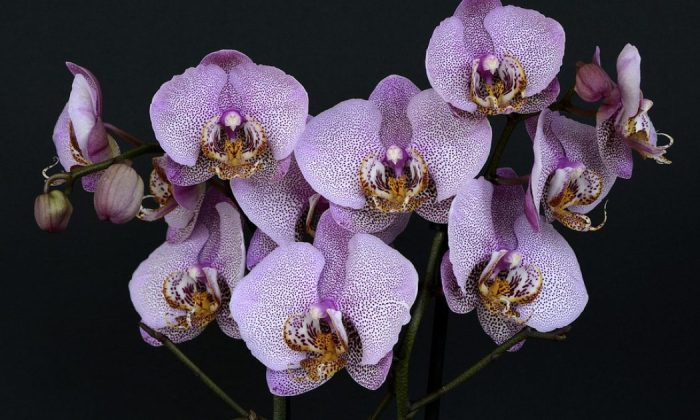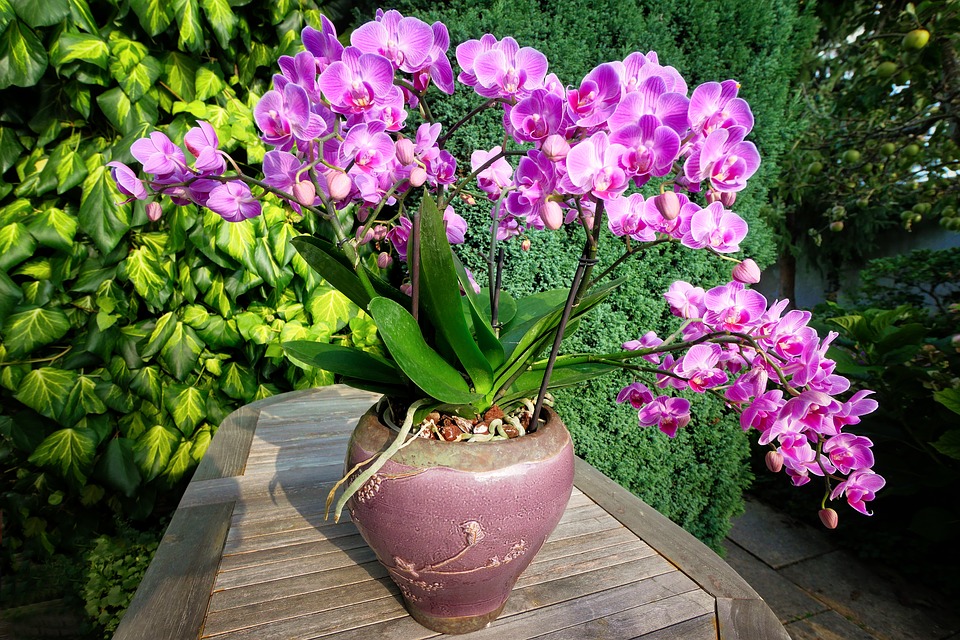When orchids get rubbery leaves

Orchids are usually undemanding flowers that reward you with beautiful colourful flowers. Depending on which variety you grow, you may have to deal with different problems and diseases. The phalaenopsis variety is considered the least demanding and it will forgive you if you do not provide proper care. This variety is available in a wide range of colours, which allows you to grow different colour sets of flowers.
Watch for signs of disease
As soon as you notice that your plants are wilting, you need to take action immediately. Just like with any disease – the earlier, the better. One common problem that you may encounter is that your plant gets “rubbery” leaves. This problem appears most often during hot summer days. Leaves start to wilt, they become wrinkled and lose their firmness. If you do nothing, you plant may die.
Photo: Pixabay
Problem or natural process?
Well, some of you may say that this is a kind of natural process, and it is, but only if the lower leaves get rubbery and wither. This is a natural process and the plant gets rid of old leaves this way. But if this affects all leaves, you need to take an action as soon as possible. Your plant cannot lose all leaves. The usual cause of rubbery leaves is insufficient watering or heat stress . But sometimes it may also be a root problem or excessive fertilization.
Check appearance of the roots
Orchids have one big advantage and that is that some roots are outside of the substrate which allows you to check them. If roots above the ground are shrivelled and dry, it means that your orchid is not getting enough water. If they look too shiny and slimy, it means that they are rotting. These roots cannot conduct water and they become rubbery. You need to transplant. Remove the plant from the soil and all rotten roots. Sprinkle the cuts and the remaining roots with cinnamon and transplant into a new substrate (and a clean container).
Roots too dry
If your orchid is suffering from lack of water, you can give your plant a boost by soaking it in a sugar water. Mix 1 litre of water and 1 teaspoon of sugar and stir until the sugar dissolves. Soak the orchid in the mixture for 9 hours. When done, transfer it to a pot with standing water and leave it there for another hour.
Heat stress
If rubbery leaves are warm to the touch, your orchid is overheated. Move the plant to a cooler room (temperature below 30 ° C). You can also use an atomizer to moisten leaves.
Source: https://www.ireceptar.cz/zahrada/gumovateni-listu-orchideje-30000806.html
Preview photo: Pixabay

Gardening is my hobby, I have a lot of experience and I am happy to share it.









0 comments